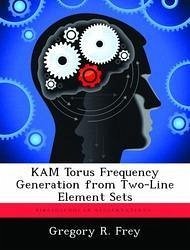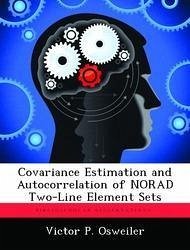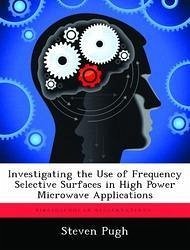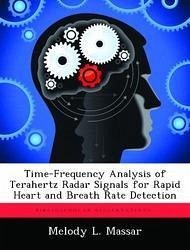Nicht lieferbar

KAM Torus Frequency Generation from Two-Line Element Sets
Versandkostenfrei!
Nicht lieferbar
The Kolmogorov Arnold and Moser (KAM) theorem states that a lightly perturbed Hamiltonian system will have solutions which lie on a torus. The trajectories of Earth orbiting satellites have been shown to lie on KAM tori with three basis frequencies. These basis frequencies are determined by fitting second order polynomials to data from Two-Line Element sets (TLEs) using a least squares technique. The first order coefficients are used as the torus basis frequencies while the second order coefficients are used to account for perturbations to the satellite's orbit such as air drag. Four cases are...
The Kolmogorov Arnold and Moser (KAM) theorem states that a lightly perturbed Hamiltonian system will have solutions which lie on a torus. The trajectories of Earth orbiting satellites have been shown to lie on KAM tori with three basis frequencies. These basis frequencies are determined by fitting second order polynomials to data from Two-Line Element sets (TLEs) using a least squares technique. The first order coefficients are used as the torus basis frequencies while the second order coefficients are used to account for perturbations to the satellite's orbit such as air drag. Four cases are attempted using the Hubble Space Telescope and three rocket bodies as test subjects. A KAM torus with the desired basis frequencies is constructed and used to predict satellite position. This position prediction is compared to the position obtained from TLEs using Simplified General Perturbations 4 (SGP4) algorithms. Analysis of the torus position error shows that the torus construction algorithm does not fully characterize the contribution of the smaller basis frequencies to the orbital trajectory.









